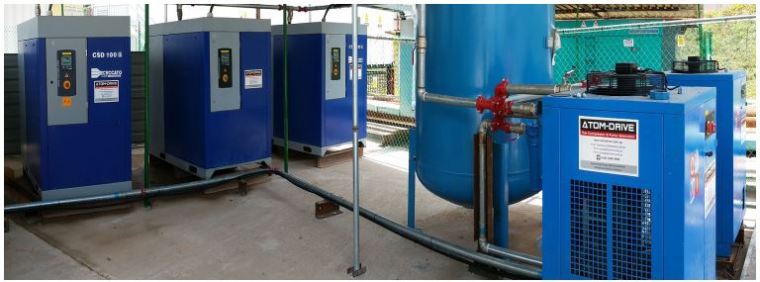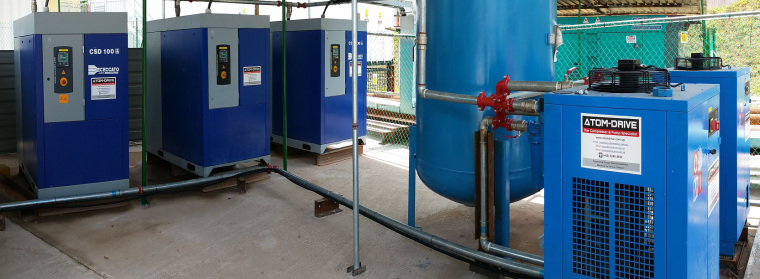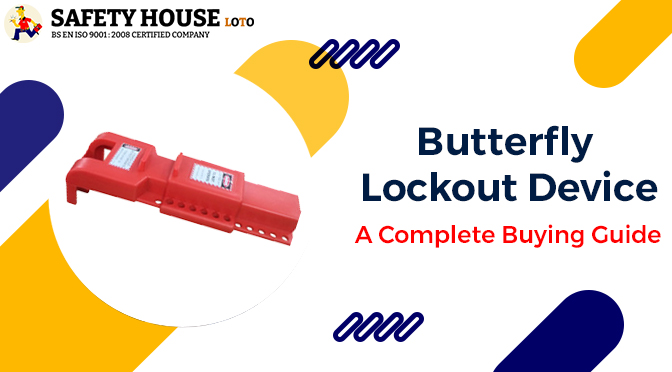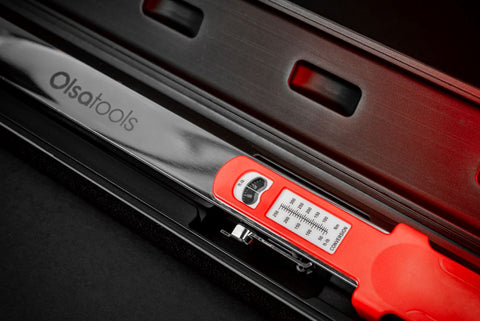About Air Compressors: Air Intake Best Practices
Take a second and think about where the air compressor is located within your facility. It is more than likely not a major focal point displayed prominently in the floor layout. There is a better chance it is tucked away in a corner of the facility where operators seldom travel. No matter the type of air compressor, it still has an intake where it pulls in the ambient air from around the compressor then sends it through some process and on the demand side of your compressed air system. These intakes can easily be placed out of sight and out of mind especially in older facilities that were designed when compressors were loud and the piping layout kept them away from operators due to sound level restrictions.

That’s why your compressor manufacturer supplies a specific grade of air inlet/intake filter, and this is your first line of defense. If it’s dirty, your compressor is running harder, and costs you more to operate it. If it’s damaged, you’re not only letting dirt into your system; you’re letting it foul & damage your compressor. It’s just like changing the air filter on your car, your car needs clean air to run correctly, so does your compressor and the entire demand side of your compressed air system.
According to the Compressed Air Challenge, as a compressor inlet filter becomes dirty, the pressure drop across the inlet increases, this is very similar to the point of use compressed air filters. The inlet filter on the compressor is the only path the compressor has to pull in the air, when restricted the compressor can begin to starve for air very similar to if you only had a small straw to breath through and told to run a marathon. A clogged inlet filter can give false symptoms to compressor technicians as well.
The effects can mimic inlet valve modulation which result in increased compression ratios. If we were to form an example based on a compressor with a positive displacement, if the filter pressure drop increases by 20″ H2O, a 5% reduction of the mass flow of air will be present without a reduction in the power being drawn by the compressor. This all leads to inefficiency which easily amounts to more than the cost to replace the depleted inlet air filter.

Where you place the filter is just as important as how often you replace it. There are some tips to be used when mounting the inlet filter.
- The filter can be placed on the compressor, but the inlet pipe should be coming from an external area to the compressor room or even the building if possible. The inlet should be free from any contaminants as well. Some examples that are easy to overlook are nearby condensate discharges, other system exhausts and precipitation.
- Depending on the type of compressor being used, a lower intake air temperature can increase the mass flow of air due to the air density. A compressor that is lubricant injected is not susceptible to this due to the air mixing with the warmer lubricant before being compressed.
If you would like to discuss improving your compressed air efficiency or any of EXAIR’s engineered solutions, I would enjoy hearing from you…give me a call.
Jordan Shouse
Application Engineer
Send me an email
Find us on the Web
Like us on Facebook
Twitter: @EXAIR_JS
Images Courtesy of the Compressed Air Challenge and thomasjackson1345 Creative Commons.




